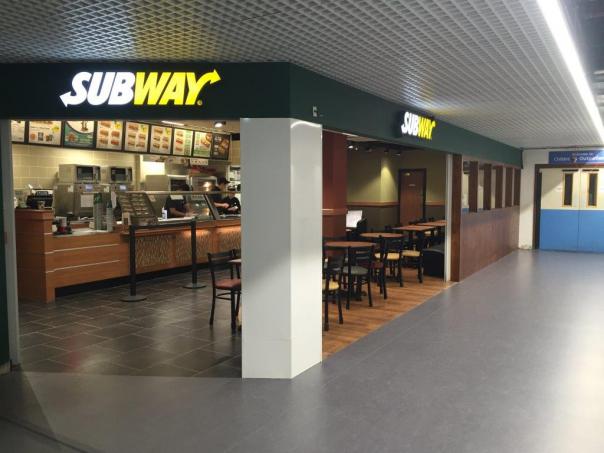
Last month saw the long-awaited CQUIN 1B (commissioning for quality and innovation) guidelines come into force, impacting everyone from suppliers, to NHS trusts and catering managers to the patients themselves.
They are arguably the most fundamental piece of legislative change that hospital caterers are going to have to deal with in the coming year. That said, we’ve seen a mixed reception.
Some organisations see it as a massive step change for the sector and have welcomed the opportunity to improve their offering. However, others view the measures as an additional administrative and budget burden stretching already tight resources and limiting the little revenue the cost sector can make.
The new guidance is vital to ensure best practice across the healthcare sector and to help caterers make healthy food a reality for patients, staff and visitors. However, putting it into practice will have its own set of challenges.
The new guidelines relay a key message – hospitals have a responsibility to promote a healthy lifestyle.
In practice this equates to four simple measures affecting a hospital’s retail, vending, restaurant and patient feeding offerings, each designed to limit the intake of food and drinks high in fat, sugar and salt (HFSS):
- A ban on price promotions on HFSS food and drinks; for example, pre-sugared breakfast cereals, soft drinks, confectionery, savoury snacks and fast-food outlets.
- Banning sugary drinks and HFSS from checkouts.
- Banning the advertising on NHS premises of sugary drinks and HFSS foods.
- Ensuring healthy options are available at any point, including for those staff working night shifts.
Through the guidelines, the sector has to combat the popularity of products that are often high in salt, sugar and fat, while also maintaining their profit margins. These products are generally the top sellers within a hospital’s retail offering, so changing consumer mindset is likely to be challenging.
However, this also presents the sector with an opportunity because some of the locations benefitting from the new guidance are ones that are embracing new ideas and trends to cater for staff, patients and visitors.
For caterers, the focus should be on promoting healthy eating and bringing in innovative healthier products. They should also entice consumers to try something new and help to eclipse the ‘unhealthy’ old favourites (such as crisps and fizzy drinks) from the top-sellers list.
For example, Just Bee Honey Water provides flavoursome low-calorie drinks. The brand is proving popular with hospitals in light of the new CQUIN guidelines, as the drinks are sweetened with honey and contain no refined sugar. While all new products understandably involve some risk that they won’t become top sellers, hospital caterers need to be creative in their approach.
Alongside patients, visitors and staff must also be a focus because they have a greater share of the spending power. With staff present every day, and friends and relatives often visiting on multiple occasions, providing a variety of options is important. Suppliers are supporting hospitals in this, ensuring more new and exciting ‘green traffic light’ products, especially in the snacking stream, are available.
While CQUIN 16/17 may have only just come into effect, the industry is already looking to the future. Plans for CQUINs 17/18 and 18/19 are underway, and hospitals need to align themselves with the process now, rather than delaying, to ensure they are not overtaken by fast-moving policy.
Early adoption is the best approach, since it is a gentle and more achievable change for hospitals. To support hospitals, suppliers are working hard to produce products, which can be stocked and sold, and also help guide hospitals and health trusts through the process as well.
The process need not be complex, and, at Bidfood, we have already launched a guide to help caterers get to grips with the new CQUIN guidelines. It aims to help you understand the issues, comply with the new standards and show how to put advice into action.
What is clear, however, is that although the guidelines are technically advisory, CQUIN needs to be taken seriously and complied with. There may well be implications if hospitals do not act. The underlying message is strong – hospitals must take the measure on board if their NHS trusts are to receive vital funding from the Government-backed CQUIN scheme.